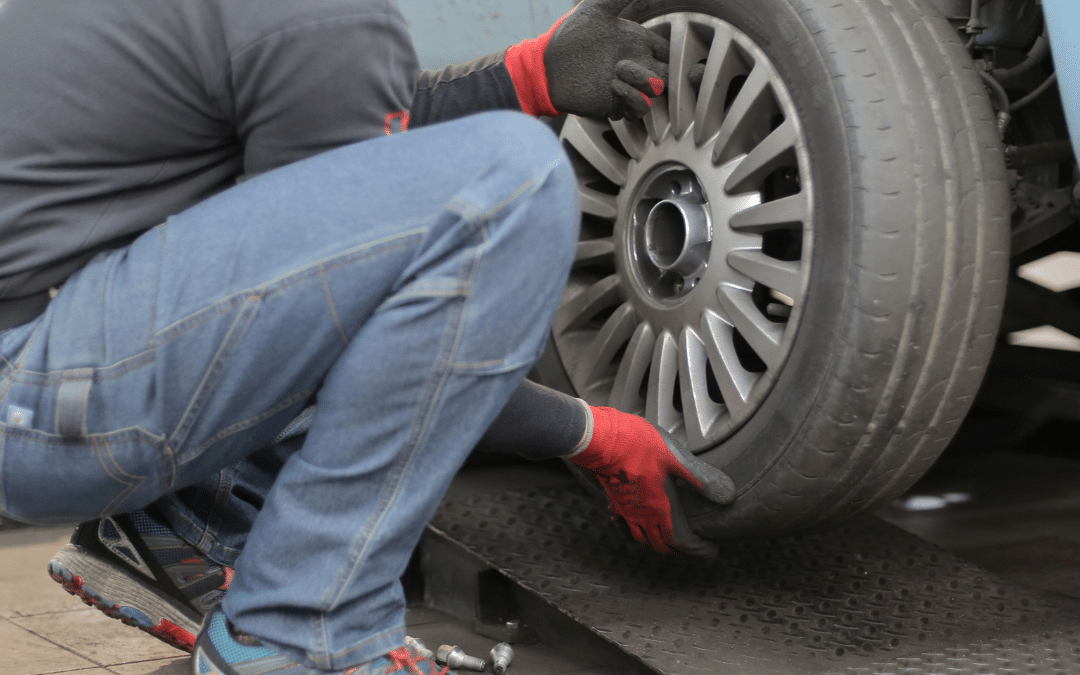We all know that car repairs can be expensive. Whether it’s something major like an engine repair or something minor like a flat tire, car repairs can take a serious toll on our wallets. But what if I told you there are ways to save money on car repairs? Here are 5 tips you can use to keep more money in your pocket next time your car needs some work.
Check to see if it’s covered by insurance or your extended warranty
Car repairs are never fun, but they can be especially frustrating when they come unexpectedly and start to eat into your savings. One way to help ease the financial burden of car repairs is to check to see if the repair is covered by insurance or your extended warranty.
Many car insurance policies include coverage for mechanical repairs, and extended warranty companies often cover major repairs as well. If either of these applies to your situation, be sure to take advantage of it and save yourself some money.
Do it Yourself
One of the best ways to save money on car repairs is to do the work yourself. If you’re handy and have some basic knowledge of cars, you can save a ton of money by doing the repairs yourself. There are plenty of resources available online and in libraries to help you troubleshoot and fix common car problems.
Here’s a few tips on how to get started:
1. Do your research:
Before you start taking anything apart, it’s important to do your research and figure out what exactly needs to be fixed. A quick internet search can often provide you with detailed instructions on how to fix common car problems. However, if you’re unsure about something, it’s always better to err on the side of caution and consult a professional.
2. Gather your tools:
Once you know what needs to be done, it’s time to gather the necessary tools. For basic repairs, you’ll likely just need a screwdriver, a wrench, and a few other household tools. However, more complex repairs may require specialized tools that you don’t have lying around the house. In these cases, it’s usually best to leave it to the professionals.
3. Take your time:
Even if you’re confident in your abilities, it’s important to take your time when doing car repairs. Rushing things can often lead to mistakes, which can end up costing you more in the long run. So take a deep breath, relax, and take your time fixing those pesky car problems.
2. Compare Prices
Car repairs can be expensive, but there are ways to get the best deal. One way to save money is to compare prices from different mechanics. By calling around or checking online, you can get a sense of how much the repair will cost. You may also want to ask for a discount if you have more than one car that needs to be repaired.
3. Negotiate
Don’t be afraid to negotiate with your mechanic on the price of parts and labor. Remember, they’re running a business too and they want your repeat business. If you feel like you’re being overcharged, politely explain your concerns and see if they’re willing to lower the price.
Many mechanics are willing to work with customers on the cost of repairs, so it’s always worth asking. You may be surprised at how much you can save by simply negotiating with your mechanic.
DIY Oil Changes
One of the most common (and expensive) services mechanics provide is an oil change. But did you know that you can easily do this yourself? With a little bit of time and effort, you can change your own oil for a fraction of the cost of taking it to a shop. Plus, it’s not as difficult as it sounds- there are plenty of helpful guides available online that can walk you through the process step by step.
Here’s a step-by-step guide to changing your oil in your automobile:
First, you’ll need to gather the necessary supplies. You’ll need fresh oil, an oil filter, a wrench, and a clean funnel. Once you have everything you need, locate the oil drain plug under your car. Place a clean pan under the drain plug to catch the old oil. Use the wrench to loosen the drain plug and allow the old oil to drain out completely.
Next, remove the old oil filter and replace it with a new one. Be sure to use fresh oil when refilling your car’s engine. Once you’ve replaced the old oil with fresh oil, reattach the drain plug and tighten it securely. That’s it! You’ve successfully changed your car’s oil.
Next time your car needs some work, don’t reach for your wallet right away – try one of these 5 tips first and see how much money you can save! From doing it yourself to using coupons, there are plenty of ways to keep more money in your pocket when it comes time for car repairs.




